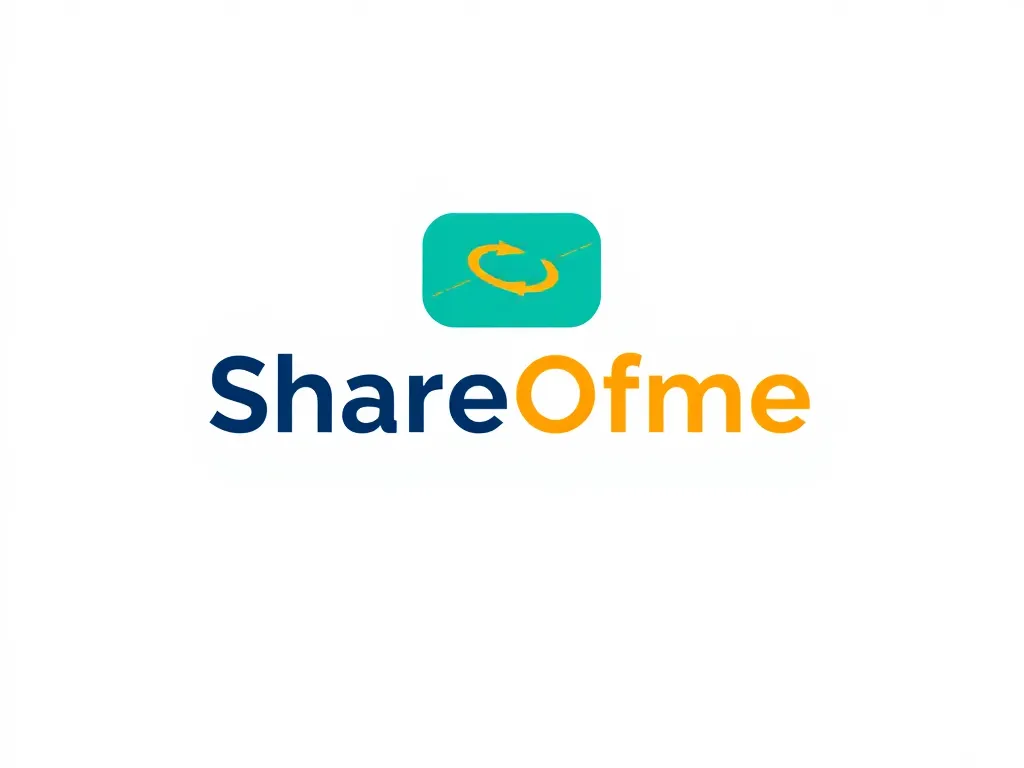Unlock Success with Cold Email Software Strategies

The Ultimate Guide to Cold Email Software
Cold email software is crucial for businesses looking to engage potential clients without prior contact. This type of software simplifies the process of reaching out to prospects, allowing for automated and personalized email campaigns that can improve your outreach effectiveness.
With the rise of digital communication, cold email software has become a powerful tool for sales and marketing teams. It enables companies to streamline their email outreach, allowing them to save time and resources while maximizing their potential client engagement.
Using cold email software, businesses can manage large email lists, segment their audience, and customize messages based on specific criteria. This enhances the chances of getting a positive response from potential leads, making it an indispensable tool for modern marketing strategies.
Cold email software often comes with various features, such as tracking metrics, A/B testing capabilities, and integration with CRM systems, which help businesses analyze their campaigns and refine their strategies for even better results.
To enhance your outreach strategy, consider exploring effective tools like cold email software for better engagement.
In summary, understanding and utilizing cold email software is essential for businesses that aim to expand their reach and build relationships with new clients effectively. It offers numerous advantages that can lead to increased sales opportunities and improved overall business growth.
Benefits of Cold Email Software
One of the primary benefits of cold email software is the increased outreach efficiency it provides. By automating the email sending process, businesses can reach hundreds or thousands of potential clients in a fraction of the time it would take to do manually.
Improved response rates are another key advantage of using cold email software. With personalization tools available in many of these platforms, businesses can customize their messages to resonate with each individual recipient, significantly enhancing the likelihood of a reply.
Cold email software solutions are generally cost-effective, offering various pricing models that fit businesses of all sizes. This means even startups can leverage powerful tools without breaking the bank, maximizing their marketing efforts on a budget.
Enhanced tracking and metrics are vital components of cold email software. These features allow businesses to understand which elements of their campaigns are performing well and which need improvement, leading to more informed marketing strategies.
Features to Look for in Cold Email Software
When choosing cold email software, look for automated follow-ups capabilities. This ensures that no potential lead is left unattended, as the software can send reminders or additional information at set intervals after the initial email.
Integration with CRM systems is another crucial feature. This allows for better management of client relationships by synchronizing email communications with existing customer data, thus providing a holistic view of interactions with leads.
Customizable templates are essential for personalized outreach. This feature enables businesses to create tailored messages that reflect their brand and speak directly to the recipient's needs or pain points, increasing engagement rates.
Analytics and reporting features are also important to measure the success of cold email campaigns. These tools can provide insights into open rates, click rates, and overall campaign performance, helping businesses fine-tune their approach.
Best Cold Email Software on the Market
A comparative analysis of top cold email software reveals a range of options, each with unique features that cater to different business needs. Popular tools like Mailshake, Woodpecker, and Reply offer various functionalities aimed at improving outreach efficiency.
User reviews and ratings for cold email tools provide insights into their effectiveness and ease of use. Prospective users should consider feedback from real customers to understand how these tools perform in practical scenarios.
Pricing structures vary widely among various cold email software providers. Some offer tiered subscriptions based on features, while others may provide a flat monthly rate. It's essential for businesses to choose software that fits within their budget while providing necessary functionalities.
Unique selling points (USPs) of leading cold email applications often include advanced automation features, exceptional customer support, and intuitive user interfaces, which can greatly enhance the user experience and effectiveness of email campaigns.
Cold Email Software for Different Industries
In the tech industry, best practices for using cold email software include targeting specific roles within companies that align with your product offering. This ensures messages are relevant and increases the likelihood of engagement.
Effective cold emailing strategies in real estate often involve showcasing properties or services of interest. Personalization, combined with a clear call to action, can lead to better engagement and higher conversion rates in this competitive sector.
For startups and small businesses, cold email software can be a game-changer. It allows them to reach a larger audience without extensive marketing budgets, helping them to establish connections and grow their client base effectively.
Industry-specific features in cold email platforms may include templates designed for certain types of outreach, such as B2B communications, which can save time and effort for professionals accustomed to varying styles of engagement across different sectors.
Cold Email Software Best Practices
Crafting compelling subject lines is critical when sending cold emails. A catchy subject line can significantly increase open rates, so businesses should experiment with different styles and approaches to see what resonates best with their audience.
Timing and frequency tips for cold emailing suggest that sending emails during weekdays is often more effective than weekends. Additionally, spacing out messages appropriately can prevent recipient fatigue and increase the chances of a response.
A/B testing strategies for cold email campaigns can help determine what elements of your emails work well. Testing different subject lines, content structures, and calls to action can provide valuable insights for optimizing future efforts.
Finally, legal considerations when using cold email software cannot be overlooked. Compliance with regulations such as the CAN-SPAM Act and GDPR is essential to avoid penalties and maintain a positive reputation with recipients.
